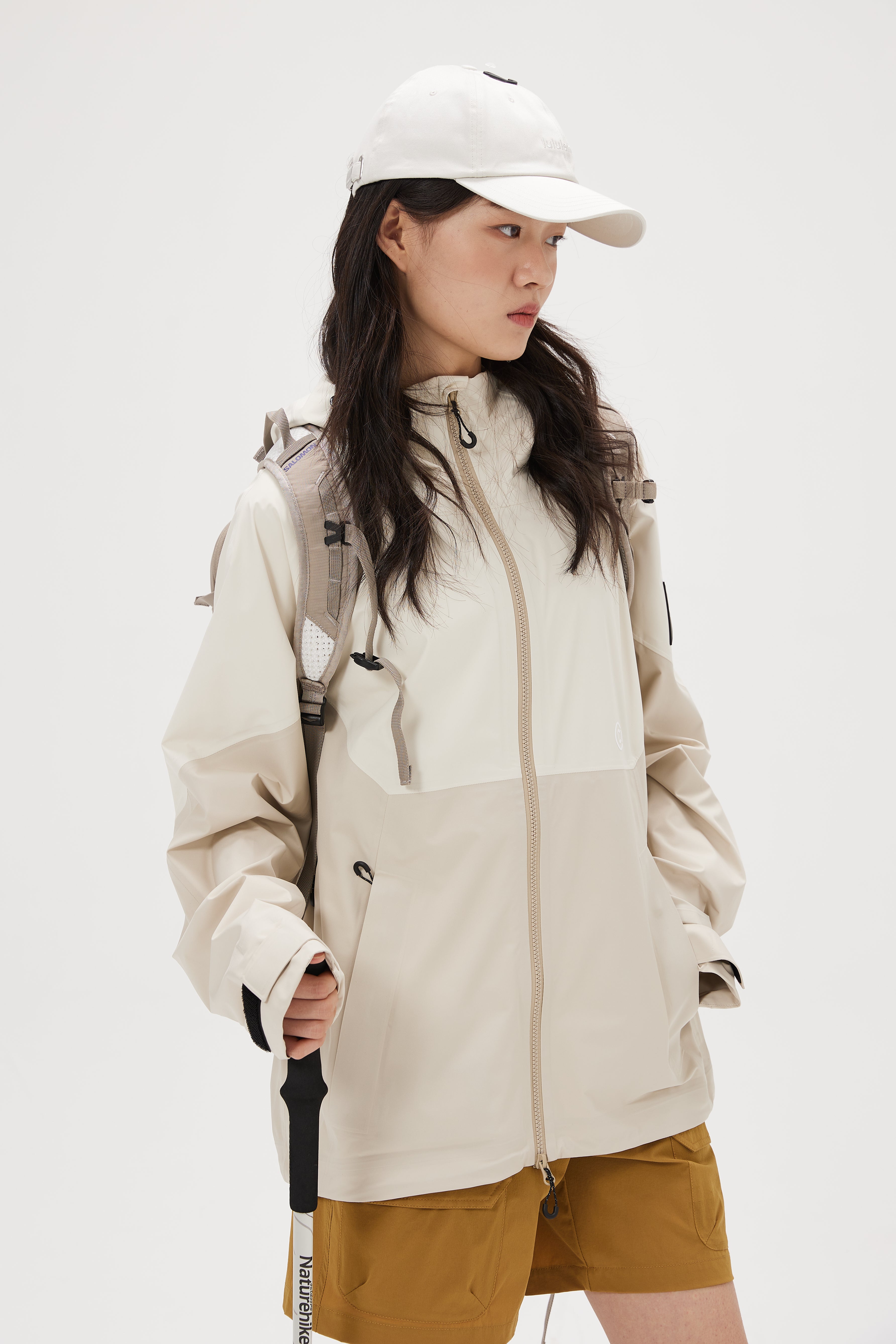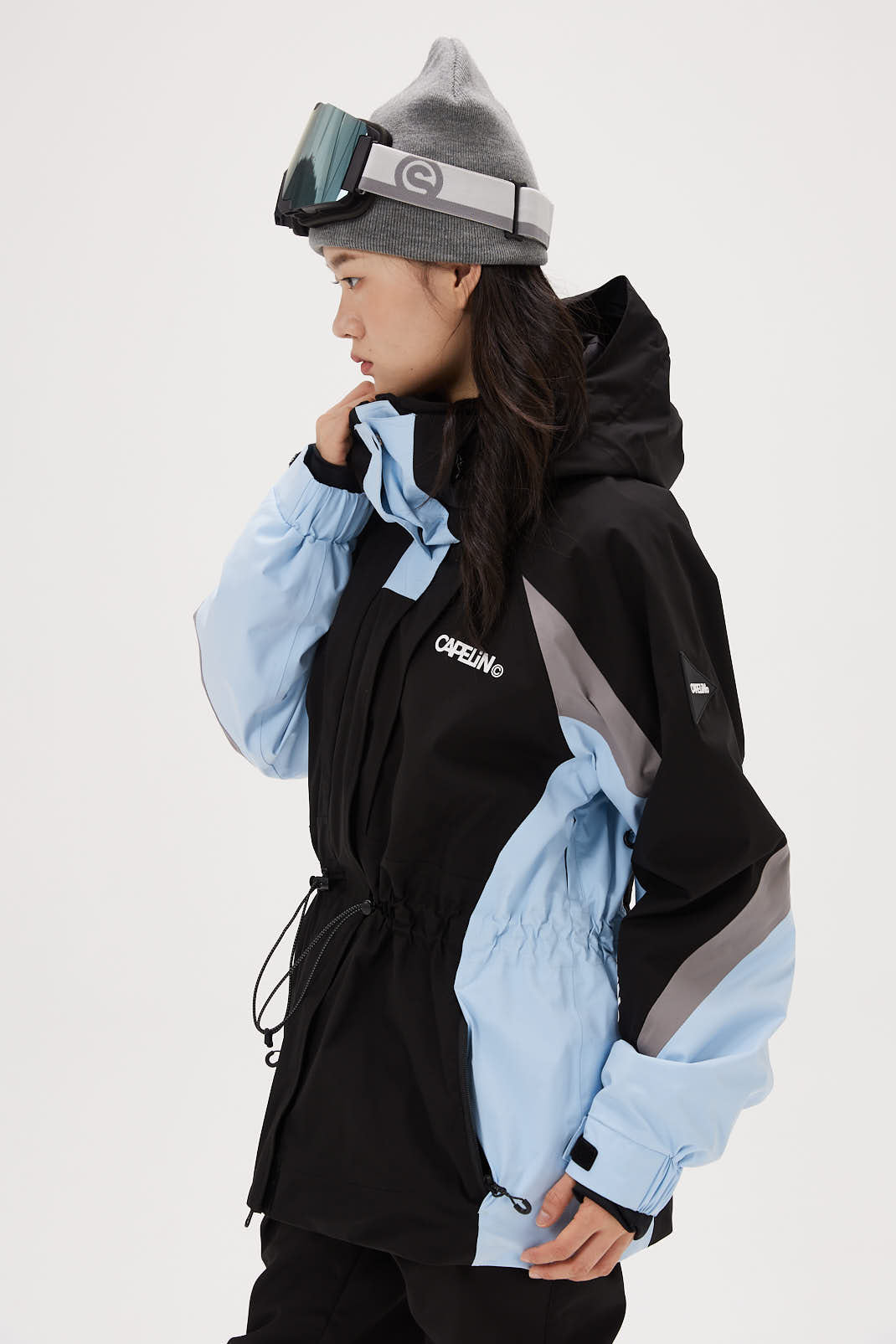You're all set to hit the slopes, with your brand-new ski jacket ready to brave the cold and snow. But wait, what should you wear underneath? Don't worry, I've got you covered (literally!). Dressing in the right base, mid, and outer layers is crucial for staying warm, dry, and comfortable on the mountain.
Dressing properly can make all the difference in your enjoyment on the slopes for all scales of skiers. So let's dive in and ensure you're outfitted for a fantastic day of skiing or snowboarding!
Base Layers: The Foundation of Warmth and Comfort
Base layers are the unsung heroes of your ski outfit, providing essential next-to-skin warmth and moisture management. Let me break down the importance of this crucial first layer.
Definition and Purpose
A base layer is the tight-fitting garment you wear directly against your skin. Its primary purpose is to regulate your body temperature by wicking away sweat and moisture from your skin, keeping you dry and comfortable. A good base layer also provides insulation to trap your body heat, ensuring you stay warm even in frigid conditions.
Materials: Choosing the Right Fabric
Merino Wool
Merino wool is a popular choice for base layers, thanks to its natural ability to regulate temperature, wick moisture, and resist odor buildup. This soft, breathable material is an excellent insulator, making it perfect for cold-weather activities like skiing.
Synthetic Materials
Synthetic fabrics like polyester and nylon are also excellent options for base layers. They excel at wicking moisture away from your skin, drying quickly, and providing warmth without adding bulk. Many synthetic base layers also feature antimicrobial properties to prevent odor buildup.
Natural Fibers
In addition to merino wool, other natural fibers like bamboo can make excellent base layers. These materials are breathable, moisture-wicking, and offer a soft, comfortable feel against your skin.
Wicking Properties and Moisture Management
The primary function of a base layer is to wick moisture away from your skin, keeping you dry and comfortable. Sweat can quickly chill you, so it's essential to choose a base layer material that efficiently transfers moisture to the next layer, where it can evaporate.
Avoiding Cotton
While cotton may seem like a cozy option, it's a poor choice for base layers. Cotton absorbs and holds moisture, leaving you feeling damp and cold. Stick to moisture-wicking materials like merino wool, synthetics, or bamboo for the best results.
Cost Range
Base layers can range in price from around €15 for budget synthetic options to €90 or more for high-end merino wool or technical fabrics. While it's tempting to save money, investing in high-quality base layers can pay off in comfort and performance on the slopes.
Mid Layers: Trapping Warmth and Breathability
With a wicking base layer in place, it's time to focus on the mid-layer, the insulating powerhouse that keeps you toasty on the slopes.
Definition and Purpose
A mid layer is designed to trap your body heat, providing insulation and warmth. It sits between your base layer and outer shell, creating a layering system that allows you to adjust your insulation as needed.
Materials: Cozy and Breathable
Fleece
Fleece is a popular mid layer material, offering excellent warmth and breathability. Its soft, fuzzy interior traps heat, while the smooth exterior allows other layers to slide over it easily.
Lightweight Down
Down insulation, known for its incredible warmth-to-weight ratio, is also an excellent choice for mid-layers. Lightweight down jackets or vests can provide ample insulation without restricting movement.
Synthetic Insulation
Synthetic insulation, such as PrimaLoft or Thinsulate, mimics the warmth of down while remaining lightweight and breathable. These mid layers are often more affordable than down and maintain their insulating properties when wet.
Breathability and Moisture-Wicking
While mid layers prioritize warmth, breathability is also crucial. Look for materials that allow moisture vapor to escape, preventing you from overheating and becoming damp from sweat.
Weather Resistance
Some mid layers offer light weather resistance, making them suitable for wear as an outer layer on milder days or for extra protection against wind and light precipitation.
Outer Layers: Weatherproof Protection
While the base and mid layers provide warmth and breathability, the outer layers are your first line of defense against the elements. Let's explore the importance of these weatherproof shells.
Definition and Purpose
An outer layer, typically a jacket and pants, is designed to protect you from wind, rain, snow, and extreme cold. These waterproof and breathable shells create a barrier against the elements while still allowing moisture vapor from your body to escape.
Materials: Waterproof and Breathable Technologies
Gore-Tex
Gore-Tex is a leading waterproof and breathable membrane technology used in many high-quality ski jackets and pants. It allows water vapor to pass through while blocking external moisture, ensuring you stay dry and comfortable.
Other Waterproof Technologies
Manufacturers like Columbia, The North Face, Capelin-Crew, and Patagonia also offer their own proprietary waterproof and breathable technologies, such as Omni-Tech, HyVent, and H2No, respectively.
Waterproof and Breathable Properties
A good outer layer should have a waterproof rating of at least 10,000mm and a breathability rating of at least 10,000g/m²/24hr. These numbers indicate the fabric's ability to withstand water pressure and allow moisture vapor to escape.
Zippered Pockets for Convenience
Look for outer layers with zippered pockets, allowing you to securely store essentials like your phone, wallet, and snacks while on the go.
Additional Gear: Enhancing Comfort and Safety
While base, mid, and outer layers are the foundation of your ski outfit, several additional pieces of gear can take your comfort and safety to the next level.
Down Jacket
A warm, packable down jacket is an excellent layering piece for those brutally cold days on the mountain. Throw it on over your other layers when you're taking a break or need an extra boost of warmth.
Buff
A versatile buff, or neck gaiter, can serve multiple purposes. Wear it as a face mask to protect your skin from wind and cold, or use it as a headband or beanie when you need extra warmth.
Ski Socks
Don't underestimate the importance of good ski socks. Look for moisture-wicking, insulated options that provide warmth and cushioning without restricting circulation.
Ski Goggles
Ski goggles are essential for protecting your eyes from the sun's glare, wind, and flying snow. Choose a pair with anti-fog coatings, good ventilation, and a snug, comfortable fit.
Ski Helmet
Safety should always be a top priority on the slopes. Invest in a well-fitting ski helmet that meets current safety standards and offers features like adjustable venting and compatibility with your goggles.
Ski Backpack
A compact ski backpack can be a lifesaver for carrying extra layers, snacks, water, and other essentials. Look for packs designed specifically for skiing, with features like insulated hydration sleeves and attachment points for skis or snowboards.
Conclusion: Mastering the Art of Layering
Layering is the key to staying warm, dry, and comfortable on the slopes, no matter the weather conditions. By building a solid system of base, mid, and outer layers, you'll be prepared for whatever Mother Nature throws your way.










